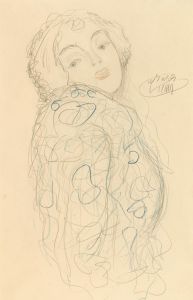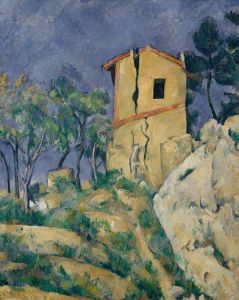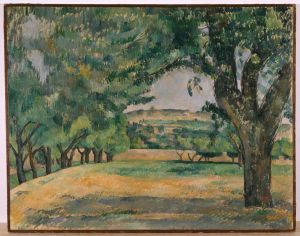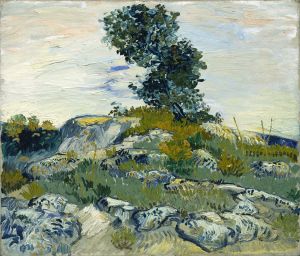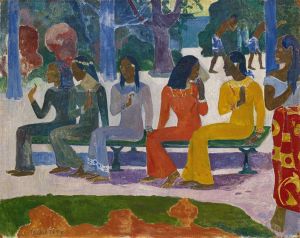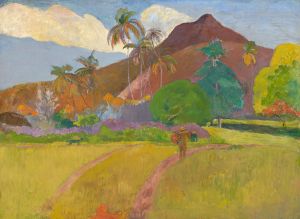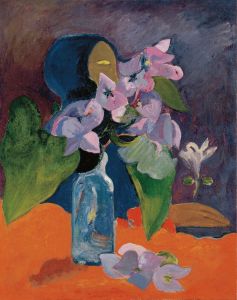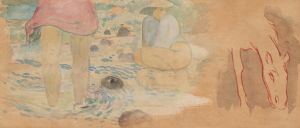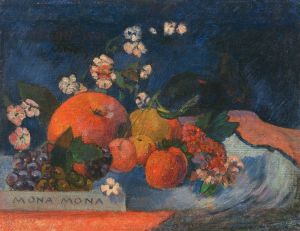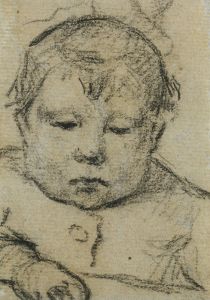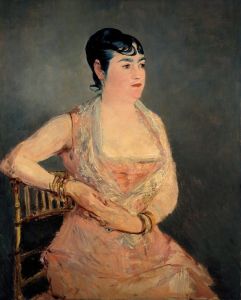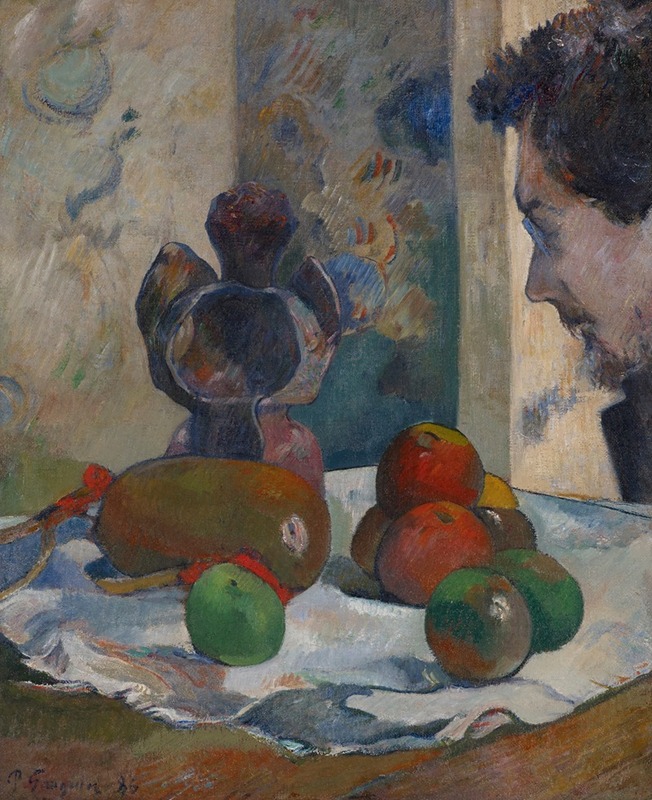
Still Life With Profile Of Laval
A hand-painted replica of Paul Gauguin’s masterpiece Still Life With Profile Of Laval, meticulously crafted by professional artists to capture the true essence of the original. Each piece is created with museum-quality canvas and rare mineral pigments, carefully painted by experienced artists with delicate brushstrokes and rich, layered colors to perfectly recreate the texture of the original artwork. Unlike machine-printed reproductions, this hand-painted version brings the painting to life, infused with the artist’s emotions and skill in every stroke. Whether for personal collection or home decoration, it instantly elevates the artistic atmosphere of any space.
Paul Gauguin's Still Life with Profile of Laval is an oil painting created in 1886. This work is notable for its combination of still life and portraiture, a relatively uncommon approach in Gauguin's oeuvre. The painting features a carefully arranged still life in the foreground, consisting of fruit and a ceramic vessel, while the background includes the profile of Charles Laval, a fellow artist and close associate of Gauguin during this period.
The painting was created during a pivotal time in Gauguin's career, as he was transitioning from his earlier Impressionist influences to the more experimental and symbolic style that would later define his work. Gauguin and Laval were both part of the Pont-Aven School, a group of artists in Brittany, France, who sought to break away from traditional academic art and explore new forms of expression. Laval's inclusion in the painting reflects their friendship and shared artistic ambitions.
The composition of Still Life with Profile of Laval demonstrates Gauguin's interest in flattening perspective and emphasizing bold colors and shapes, elements that would become hallmarks of his mature style. The juxtaposition of the still life and Laval's profile creates a sense of depth and complexity, inviting viewers to consider the relationship between the objects and the figure. This blending of genres also reflects Gauguin's innovative approach to art, as he sought to challenge conventional boundaries and explore new ways of representing reality.
The painting is currently housed in the Indianapolis Museum of Art in Indianapolis, Indiana, where it is part of the museum's permanent collection. It remains an important example of Gauguin's early experimentation and his evolving artistic vision.






